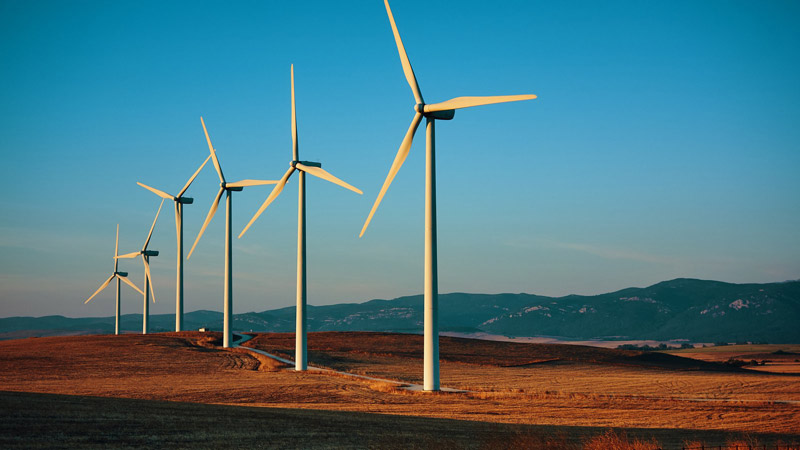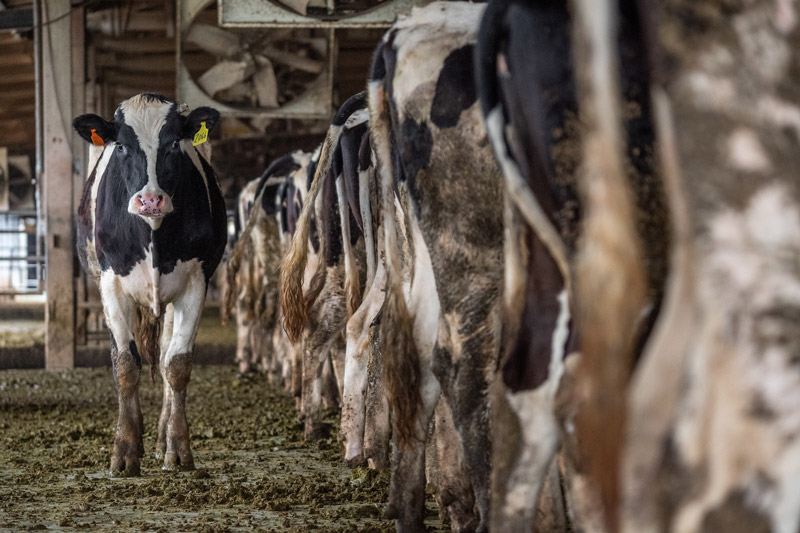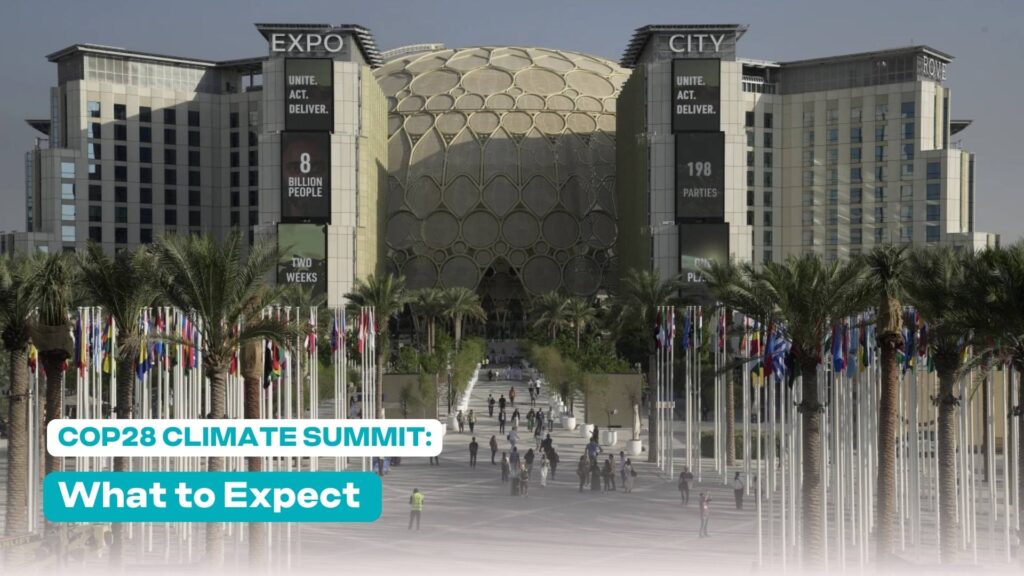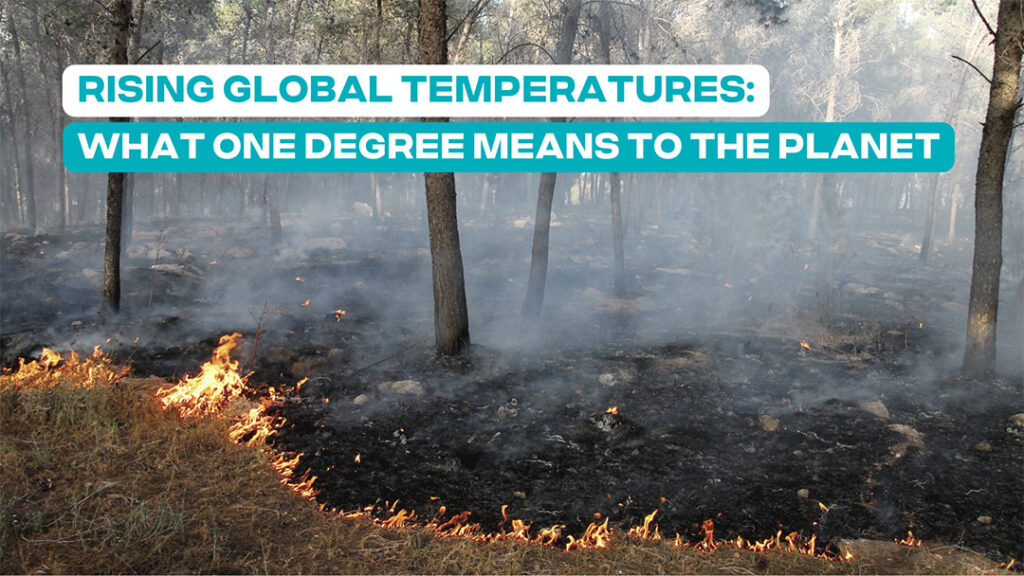Looking back over the past year, it is clear that 2022 was a challenging year for our climate. It’s been a year of record-breaking heat, floods, and other natural disasters. Despite the global energy crisis greatly increasing the demand for fossil fuel energy, we have also seen an unprecedented focus and policy support for the low-carbon transition.
Creating a better future for the environment is a collective effort that requires the participation of governments, businesses, and individuals alike. Governments around the world are implementing laws and policies to promote sustainability. Businesses are adopting sustainable practices and reducing waste. Individuals are becoming more mindful of their actions and making changes to reduce their environmental impact.
As the past year unfolded, hope for the climate emerged as more policy breakthroughs were implemented throughout. Looking back at 2022, there were numerous positive milestones for climate change progress that we should not only celebrate – but use to ignite the continued fight for the environment into 2023.
6 Reasons for Hope: The Environmental Victories of 2022
The environment has seen its fair share of challenges, but there have also been many successes and victories along the way. From protecting natural habitats to reducing pollution and preserving endangered species, here are 6 environmental wins of 2022 that show the positive impact we can have on the planet when we work together:

1. Rainforests Gained Two Strong Protectors

In 2022, two significant advances were made for the world’s threatened rainforests, which are enormous carbon sinks, home to tens of millions of people, and the source of 80% of the world’s biodiversity.
The European Union released new measures in December to ensure that essential goods sold in the EU no longer contribute to deforestation or the destruction of forests. These goods include palm oil, livestock, soy, coffee, lumber, and rubber and their derivatives. Commentators have praised the new plan’s pragmatic approach to striking a balance between ambition and action, and its focus on collaborating with producer nations.
Meanwhile, Brazilian voters ousted President Jair Bolsonaro, a man who claimed that Brazil was being “suffocated” by the country’s rainforest conservation rules. Brazil is home to one-third of the world’s rainforests. Under Bolsonaro, deforestation in the Amazon rainforest rose to its highest level in 15 years, leading to the loss of an area of more than 10,000 square kilometers.
Luiz Inácio Lula da Silva, the new president of Brazil, has a distinguished track record of combating deforestation. Thanks to the programs Lula and state governments promoted throughout his terms in office in the 2000s, Brazil’s deforestation decreased by more than 70%. Late in October, after winning re-election, the new president declared: “Brazil is prepared to resume its leading role in the struggle against the climate disaster. Let’s fight for a deforestation-free world.”
2. U.S. Signs its Most Important Climate Law in History

The United States, the second-largest climate polluter in the world, passed the most comprehensive and ambitious climate legislation in its history.
An unprecedented $369 billion will be invested in climate and clean energy projects under the Inflation Reduction Act of 2022. By 2030, it is anticipated that the law will have contributed to a 40% decrease in greenhouse gas emissions from 2005 levels. More than 9 million new jobs can be created, and households will spend less on energy. It will make it possible for the U.S. to compete in the $23 trillion clean energy economy and contribute to addressing the legacy of pollution and underinvestment in low-income communities.
Following the legislation’s passage in August, Fred Krupp, president of the Environmental Defense Fund, declared that “This is the year we turn to a better future.”
3. Record-Breaking Year for Renewable Energy

Even though the global capacity for renewable energy may not be expanding quickly enough to meet some 2050 goals, 2022 was still a record-breaking year for growth in this sector. Germany consumed 46% of its energy from renewable sources, the UK produced more wind than ever before, and solar power capacity in China climbed by 30%.
By 2024, renewable energy is anticipated to supply 33% of the world’s electricity, up from 29% in 2020. According to a report released by the International Renewable Energy Agency, developing new renewable energy capacity is now more affordable than producing electricity from the least expensive coal-fired power plants in the world’s top nations.
4. COP19: Wildlife Conservation Takes a Step Forward

The World Wildlife Conference held in Panama was mainly seen as a success, despite varied reviews of COP27. A record 365 decisions were made by representatives from more than 160 governments, and 46 of the 52 suggestions were adopted.
As a result, the rules established by the Convention on International Trade in Endangered Species will provide protection for over 500 species of flora and fauna, including 150 species of trees, 160 species of amphibians, and over 100 species of sharks and rays, including the scalloped hammerhead shark.
5. Methane: It’s Getting Serious

Methane is a particularly potent heat-trapping gas, but the hazards it poses have taken the world a while to realize. Nations have been pledging to reduce these emissions, which can come from landfills, livestock, coal seams, and oil and gas wells, since COP26 in Glasgow last year. For instance, new countries like Australia joined the promise in the run-up to COP27 in Egypt, bringing the total number of countries signing up to above 150. Meanwhile, the Biden administration in the US advocated for tougher regulations that would oblige energy corporations to take further measures to halt methane leaks.
6. EU Taxing Carbon Dioxide Emissions

The European Union began delivering on its promise to reduce emissions by 55% from 1990 levels in 2030. The 27 members of the bloc came to a historic agreement to create the Carbon Border Adjustment Mechanism, an emissions tax on select imports that protect Europe’s carbon-intensive businesses from adhering to the region’s increasingly stringent regulations. Once it goes into force, additional fees will be charged for imported products from nations without the EU’s restrictions on global warming pollution.
Making 2023 a Better Year for the Environment
We wrapped up some of the greatest milestones the world has reached for the environment last year, and it shouldn’t stop there. 2023 is a new year full of opportunities for the world to make even stronger efforts to combat climate change and move toward the goal of a climate-neutral future. Let’s not leave it all up to our governments, we can do our own part to contribute to the fight by reducing our own personal carbon footprint.
There are plenty of ways to get involved and make a difference, whether it’s through individual actions such as making sustainable changes to your lifestyle and banking habits, or by offsetting your carbon emissions by supporting carbon offset projects that remove greenhouse gases from the atmosphere.
Our portfolio of carbon offset projects goes beyond carbon reduction. From sustainable energy and reforestation to providing clean water sources, our project portfolio supports 10 of the UN Sustainable Development Goals (SDG’s). Offsetting carbon emissions with us will attribute you to carbon reduction & social development achievements, giving your initiative even more purpose.




